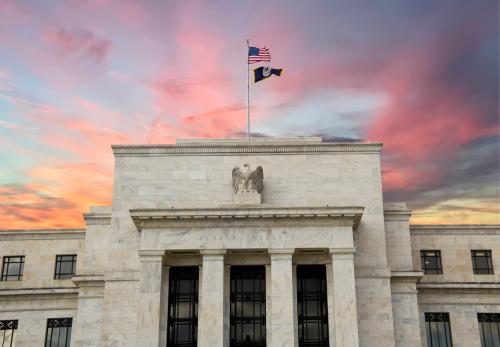

Research
BPEA | 1972 No. 3
1972, No. 3
IN AN EARLIER PAPER FOR Brookings Papers on Economic Activity, we presented findings on the relation between price inflation and consumer saving in the context of examining the role of expectational variables in consumer spending and saving decisions. The paper focused primarily on durable goods expenditure models, and presented evidence on the usefulness of explicitly expectational variables in such models. We also looked briefly at a relatively simple savingf unctionto see if the same expectational variables that were associated with durable goods expenditure decisions also had an impact on saving decisions. This report focuses entirely on saving, and is concerned primarily with models that can be used to predict the personal saving rate. In this report, we examine three sets of variables for their impact on the saving rate. The first is personal taxes and transfer payments, which the evidence suggests have a strong initial impact on observed saving behavior. Second, we include both the levels of and changes in the unemployment rate; the former represents the effect of diminished actual resources, the latter the effect of uncertainty about income prospects. Third, we measure the influence of inflation, both anticipated and unanticipated, and ask whether consumer expectations and attitudes, as measured by household surveys, have any net influence on saving behavior after these other factors have been taken into account.